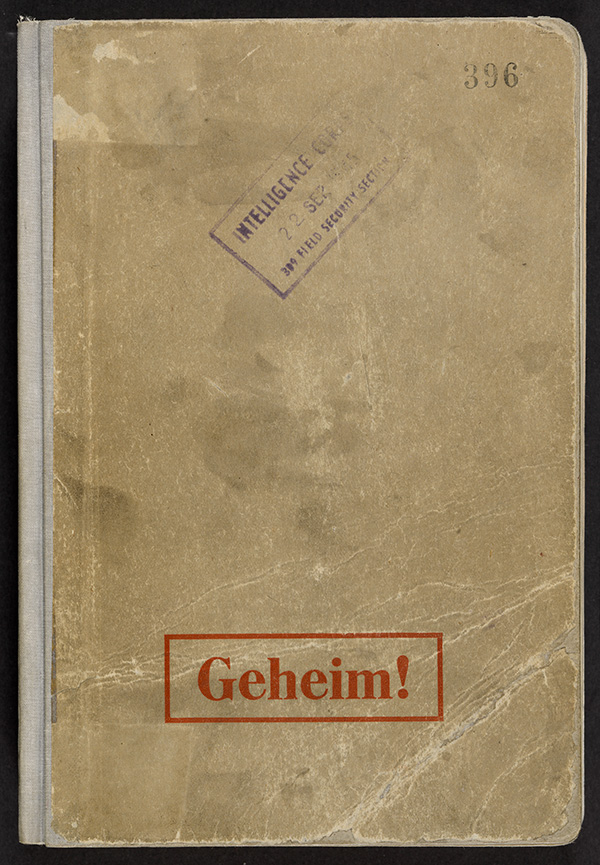To mark 15th September, Battle of Britain Day (on its 75th Anniversary), a remarkable historical record can be viewed in English – and online – for the first time. Known as Hitler’s Black Book and listing ‘enemies of the state, traitors and undesirables, marked for punishment or death’, it has been painstakingly translated from the original German by Forces War Records’ excellent researchers. It documents 2,820 of the Reich’s ‘most wanted’ people in Britain, for targeting following invasion. The entire digital Black Book can be seen and searched, free, on: Forces War Records. There are many notables within the collection: probable and improbable politicians, intelligentsia, even entertainers.
The British Black Book was compiled with a view to taking out the top layer of society and undermining the British spirit. However, alongside obvious contenders, such as Winston Churchill, Clement Atlee (deputy PM) and Anthony Eden (Secretary of State for War), it has a number of quite bizarre names on it too, such as Noel Coward, Paul Robeson and intriguingly, some people who were actually suspected Nazi sympathisers. The editors of the Daily Mail and Daily Express were on it too. But left off was the royal family, who it was presumably assumed would have fled before an invasion.
If ‘the Few’ had lost the Battle of Britain, and Hitler’s ‘Operation Sea Lion’, the planned invasion of Britain in 1940, had succeeded, the people on the list would have been the first to be rounded up and risk being killed, sent to concentration camps or forced to throw in their lot with the Germans and start doing the Führer’s bidding.
The digitising of the Black Book
The list has been painstakingly translated from its original German, interpreted to make sense of the complicated government jargon and abbreviations, and transcribed by Forces War Records’ Managing Director Tim Hayhoe, with assistance from military history graduate Sean Bennington. Previously obscure abbreviations have been explained, biographical details for the people listed have been added where available, and background information has been given on each and every Nazi department mentioned and the heads of those departments. All of this has been a labour of love that has taken around a year to complete.
Similar lists were drawn up, and indeed used, for the USSR, France, Poland and many other countries in Europe; thankfully, the only place in the British Isles where the list was actually consulted to round up ‘enemies of the state’ was the occupied Channel Islands.
Of the 20,000 or so versions of the German lists originally printed, only two are thought to be in existence today: one at the Imperial War Museum, the other somewhere in Germany.
Again, the entire digital Black Book can be seen and searched on Forces War Records

